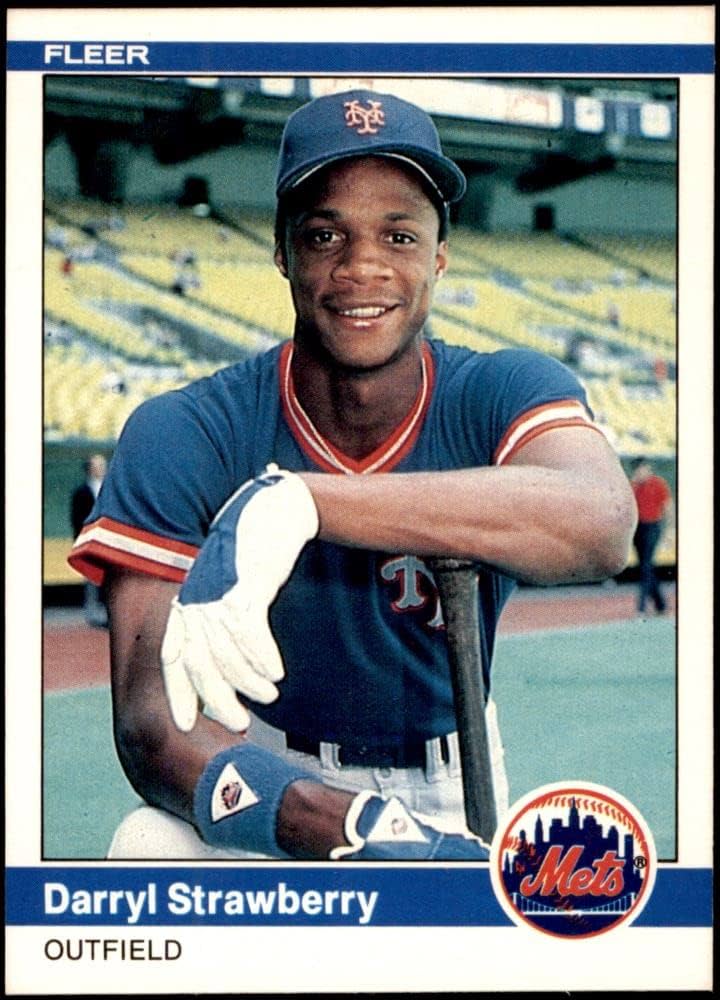Among the pioneers in sports trading cards is Fleer Trading Cards, a company with a rich history dating back to the late 19th century. In this blog post, we embark on a journey through time to explore the origins, evolution, and impact of Fleer Trading Cards, tracing its transformation from a confectionery company to a leading player in the collectibles industry.
The story of Fleer Trading Cards begins in 1885 when Frank H. Fleer established the Fleer Corporation as a confectionery business. Initially, the company focused on producing gum and candy products, catering to the sweet-toothed masses. However, it was not long before Fleer’s entrepreneurial spirit led them to venture into the world of collectible cards.
In the early 20th century, Fleer started including small collectible cards in their gum products as a way to appeal to their young customers. These cards featured diverse themes, ranging from sports stars to movie celebrities and cartoon characters. Although not as elaborate as modern trading cards, these early collectibles laid the foundation for what Fleer would become in the years to come.
It wasn’t until 1959 that Fleer made its foray into the world of modern trading cards. They released their first significant set, “Baseball Greats,” which featured iconic baseball legends such as Babe Ruth, Lou Gehrig, and Ty Cobb. This landmark release not only marked Fleer’s transition into trading cards but also ignited interest among collectors and set the stage for future successes.

In the early 1980s, Fleer faced legal challenges from the Topps Company, which claimed exclusive rights to produce baseball cards. This resulted in a protracted legal battle, which eventually paved the way for Fleer and other companies to enter the baseball card market. With the obstacles cleared, Fleer expanded its trading card offerings to include basketball, football, hockey, and other sports, making its mark as a formidable competitor in the industry.
Throughout the 1980s and 1990s, trading cards experienced a golden era of popularity. Fleer, along with other prominent companies like Topps and Upper Deck, released a plethora of trading card sets featuring athletes from various sports. Collectors flocked to hobby stores and newsstands, eager to obtain these pieces of sports history. The demand for rare cards and limited editions soared, creating a dynamic and vibrant trading card market.


To keep pace with the evolving preferences of collectors, Fleer introduced numerous innovations, including special editions, holographic cards, and autographed cards. Among these, “memorabilia cards” stood out as a groundbreaking concept. These cards contained pieces of actual game-used equipment or jerseys from athletes, adding an unparalleled sense of authenticity and uniqueness to the collectibles.
Despite the booming popularity, the late 1990s and early 2000s witnessed a decline in the trading card market. A saturation of products, overproduction of cards, and speculation-driven pricing led to a downturn. Unfortunately, in 2005, Fleer filed for bankruptcy due to financial difficulties. This marked a challenging chapter in the company’s history, leaving collectors and industry insiders uncertain about its future.

Following the bankruptcy, Upper Deck stepped in and acquired some of Fleer’s assets, including certain trading card brands. Through this acquisition, Fleer’s legacy was preserved, albeit under a new stewardship. Upper Deck’s ownership gave birth to the “Fleer Retro” series in 2013, a collection that paid homage to classic Fleer designs while incorporating modern elements to appeal to a new generation of collectors.
The history of Fleer Trading Cards weaves a fascinating tapestry of innovation, perseverance, and passion. From its humble beginnings as a confectionery company to becoming a major player in the world of collectible trading cards, Fleer has left an indelible mark on the industry. While it experienced its share of challenges, the legacy of Fleer continues to resonate with collectors worldwide. Whether it’s the nostalgia of early collectibles or the excitement of modern innovations, Fleer Trading Cards remain an integral part of the cherished tradition of collecting and preserving cherished memories through tangible pieces of cardboard art.





